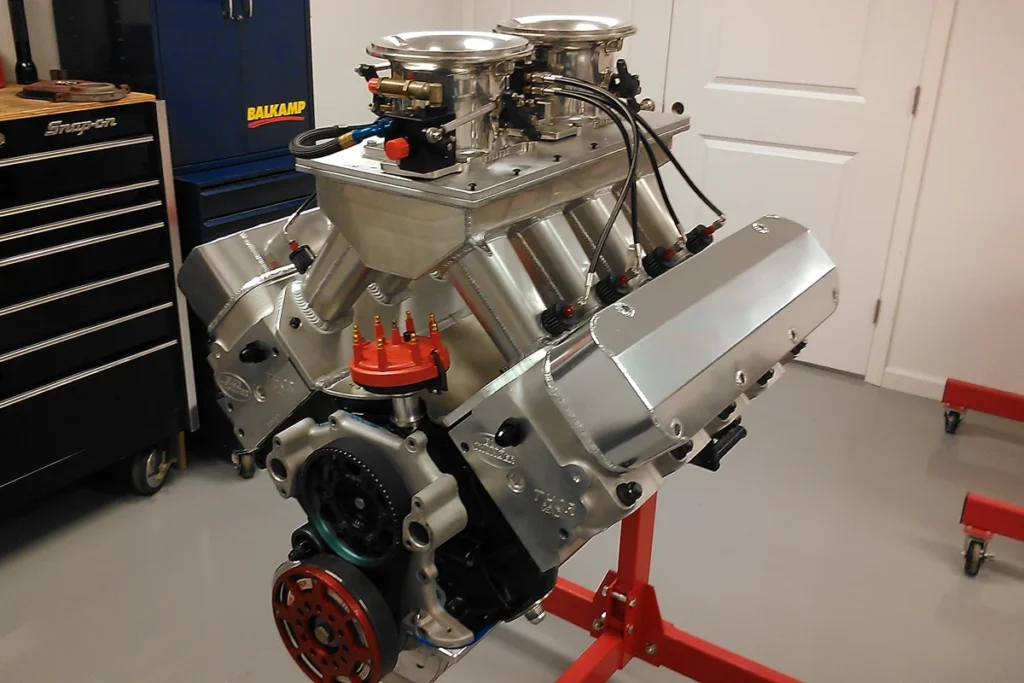Definition and Scope
Deep offshore technology pertains to the methods and tools used for the exploration, extraction, and transportation of resources, primarily hydrocarbons, from beneath the seabed at significant depths. Typically, this involves operations at water depths greater than 500 meters, with ultra-deepwater operations extending beyond 1500 meters. This field encompasses a range of disciplines, including geology, oceanography, mechanical engineering, and robotics, and requires the integration of complex systems and technologies.
Historical Context
The journey into deep offshore exploration began in the mid-20th century, with advancements accelerating in the 1970s and 1980s. The quest for oil and gas drove the development of new technologies capable of withstanding extreme pressures, temperatures, and corrosive environments. Early pioneers in this field included major oil companies like Shell, ExxonMobil, and BP, which invested heavily in R&D to push the boundaries of offshore drilling.
Core Components of Deep Offshore Technology
Subsea Infrastructure
- Floating Production Systems (FPS):
- FPSOs (Floating Production, Storage, and Offloading units): These are ship-shaped vessels used for the production, processing, and storage of oil and gas. FPSOs are equipped with topside facilities to process hydrocarbons and store them until offloaded to shuttle tankers.
- Semisubmersible Platforms: These platforms float on pontoons and are anchored to the seabed, providing a stable base for drilling and production operations.
- Subsea Production Systems:
- Subsea Trees (Christmas Trees): These assemblies of valves, spools, and fittings are used to control the flow of hydrocarbons from wells.
- Subsea Manifolds: These devices consolidate the flow from multiple wells into a single flowline, simplifying the management of production.
- Pipelines and Risers:
- Flexible and Rigid Pipelines: Used to transport oil and gas from subsea wells to processing facilities. They must withstand high pressures and corrosive environments.
- Risers: These vertical pipes connect subsea infrastructure to surface facilities, accommodating the movement of floating platforms and the seabed.
Drilling Technologies
- Deepwater Drilling Rigs:
- Drillships: Equipped with dynamic positioning systems, these ships can maintain their position above a well site without anchors.
- Semi-submersible Drilling Rigs: Floating rigs that use pontoons for buoyancy and stability, ideal for deepwater drilling.
- Blowout Preventers (BOP):
- These safety devices are critical in preventing uncontrolled flow from wells. Modern BOPs are equipped with multiple fail-safes and redundancy systems to ensure reliability.
Remote Operations and Robotics
- Remotely Operated Vehicles (ROVs):
- ROVs are unmanned, tethered underwater robots used for inspection, maintenance, and repair of subsea infrastructure. They are equipped with cameras, manipulator arms, and a variety of sensors.
- Autonomous Underwater Vehicles (AUVs):
- AUVs operate independently of surface vessels and are used for tasks such as seabed mapping, pipeline inspection, and environmental monitoring.
Challenges in Deep Offshore Technology
Environmental and Technical Challenges
- Extreme Conditions:
- Operations in deepwater environments face high pressures, low temperatures, and corrosive saltwater, which can compromise equipment integrity and reliability.
- Geological Uncertainties:
- Identifying and accurately characterizing deepwater reservoirs is challenging due to the complex geology and limited data available from such depths.
- Environmental Concerns:
- Deepwater drilling and production pose significant environmental risks, including oil spills, which can have devastating impacts on marine ecosystems.
Economic and Logistical Challenges
- High Costs:
- Deep offshore projects require substantial investment in advanced technologies, specialized vessels, and infrastructure, leading to high capital and operational expenditures.
- Logistical Complexities:
- Coordinating the supply chain for deepwater operations is challenging due to the remote locations and the need for specialized equipment and vessels.
Safety and Regulatory Challenges
- Safety Risks:
- The harsh offshore environment, combined with the high-pressure operations, poses significant safety risks to personnel and equipment. Ensuring safety is paramount and requires rigorous standards and practices.
- Regulatory Compliance:
- Deep offshore operations are subject to stringent regulatory requirements, which vary by region and can impact project timelines and costs.
Technological Innovations and Advancements
Enhanced Drilling Techniques
- Managed Pressure Drilling (MPD):
- MPD techniques help control the pressure profile within the wellbore, reducing the risk of blowouts and improving drilling efficiency.
- Extended Reach Drilling (ERD):
- ERD allows for drilling longer horizontal wells, enabling access to reserves located far from the drilling platform.
Advanced Materials and Construction
- High-Strength Alloys and Composites:
- The development of materials that can withstand extreme pressures and corrosive environments has been critical for deepwater operations.
- 3D Printing and Additive Manufacturing:
- These technologies are used to produce complex components with high precision and can be particularly useful for creating custom parts for subsea equipment.
Digitalization and Data Analytics
- Real-Time Monitoring and Predictive Maintenance:
- Sensors and IoT devices provide real-time data on equipment performance, enabling predictive maintenance and reducing the likelihood of failures.
- Big Data and AI:
- Advanced data analytics and artificial intelligence are used to analyze geological data, optimize drilling operations, and improve decision-making.
Future Prospects and Trends
Increased Automation and AI
The integration of AI and automation in deep offshore technology is expected to continue, leading to more efficient and safer operations. AI can enhance predictive maintenance, optimize production processes, and assist in decision-making by analyzing vast amounts of data.
Renewable Energy Integration
As the energy sector transitions towards sustainability, there is a growing interest in integrating renewable energy sources with offshore operations. For instance, offshore wind farms can be co-located with oil and gas platforms, providing power and reducing the carbon footprint of operations.
Subsea Processing and Tie-Backs
Subsea processing involves treating hydrocarbons on the seabed, reducing the need for large surface facilities. This can lower costs and environmental impact. Tie-backs, which connect new wells to existing infrastructure, are also becoming more common, allowing for more efficient field development.
Environmental Sustainability
The industry is increasingly focusing on minimizing its environmental impact. This includes developing more eco-friendly drilling fluids, improving spill response technologies, and investing in carbon capture and storage (CCS) solutions.
Exploration of New Frontiers
Advances in technology are making it possible to explore and develop resources in even deeper and more remote locations, such as the Arctic. While these areas present unique challenges, they also offer significant opportunities for resource extraction.
Conclusion
Deep offshore technology is a field characterized by remarkable engineering feats and continuous innovation. It plays a critical role in meeting the global demand for hydrocarbons, providing access to vast reserves located beneath the seabed. Despite the numerous challenges, including extreme environmental conditions, high costs, and stringent regulatory requirements, the industry has made significant strides in developing technologies that enhance safety, efficiency, and environmental sustainability.
As the world moves towards a more sustainable energy future, deep offshore technology will continue to evolve, integrating renewable energy sources, advanced materials, and digital solutions. The ongoing investment in R&D and the commitment to addressing environmental concerns will ensure that deep offshore technology remains a vital component of the global energy landscape, balancing the need for resource extraction with the imperative to protect our planet.


